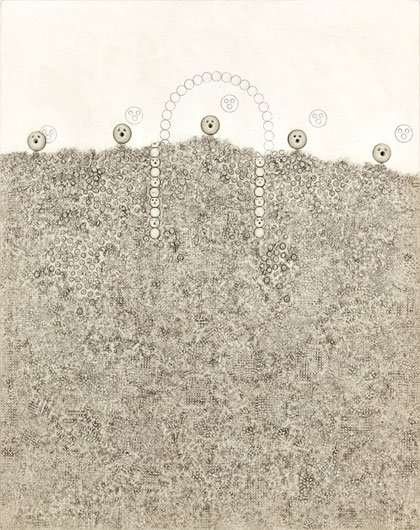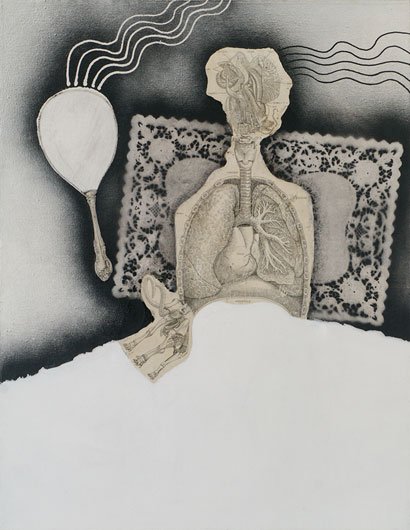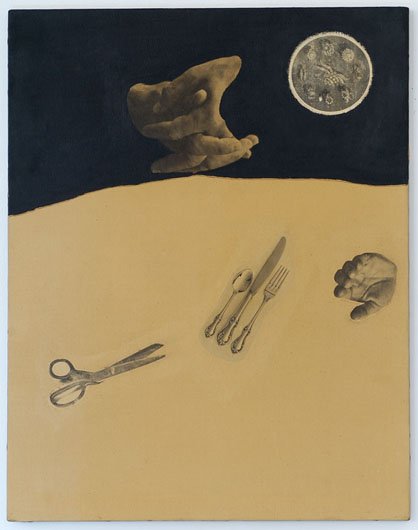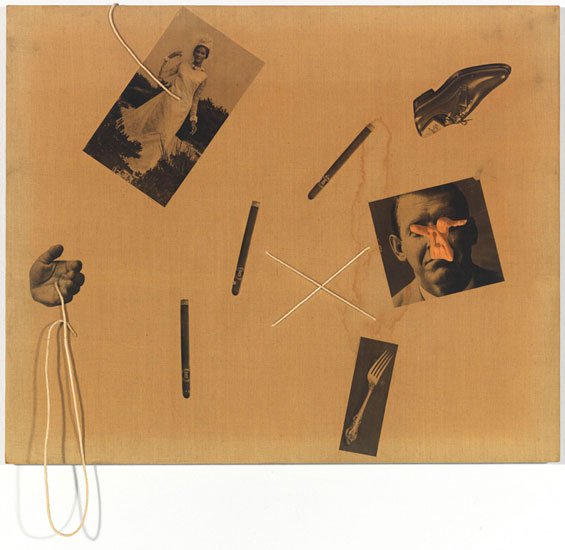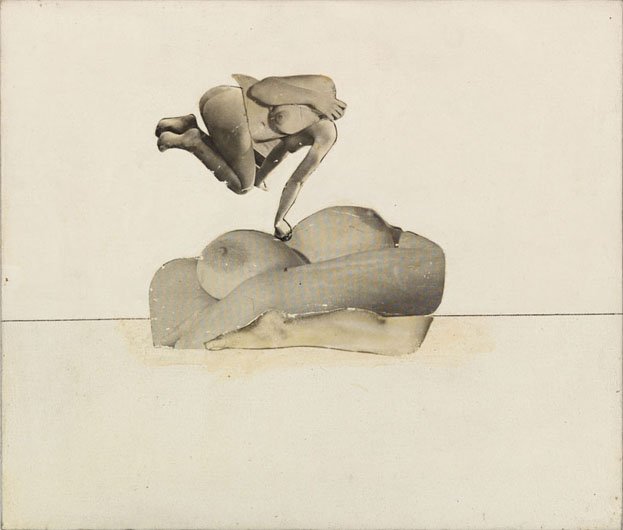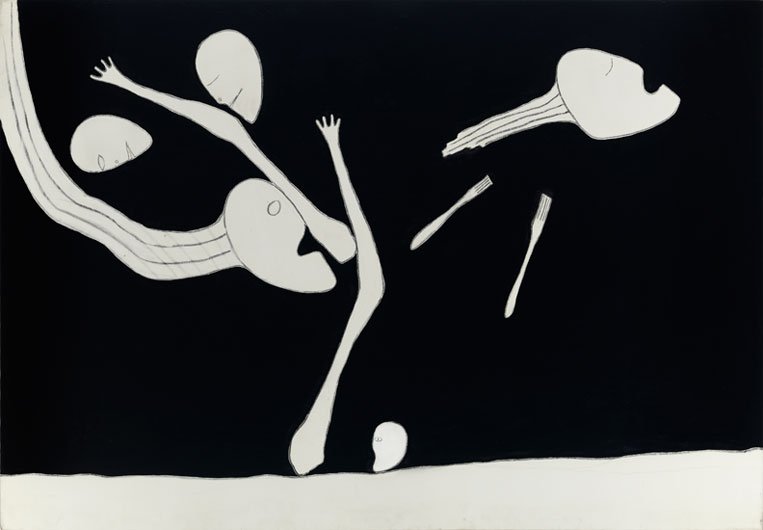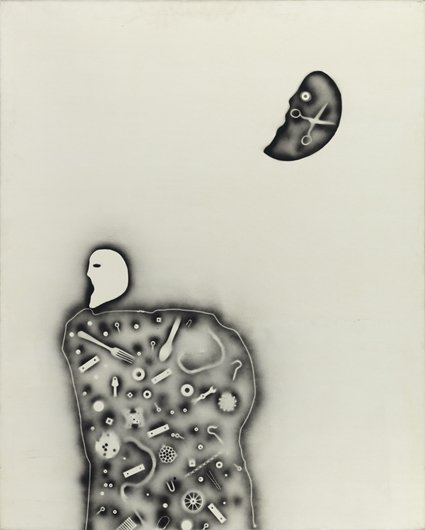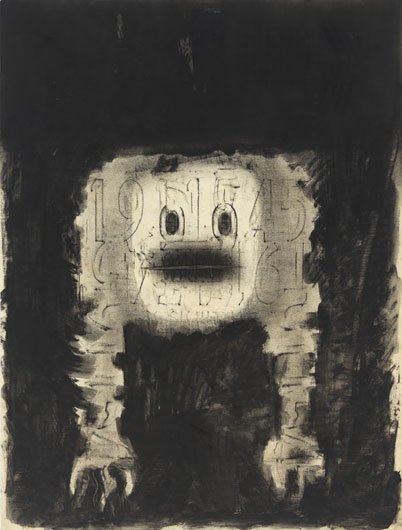Dominick Di Meo
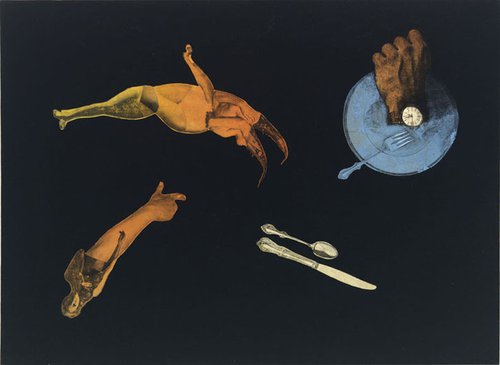























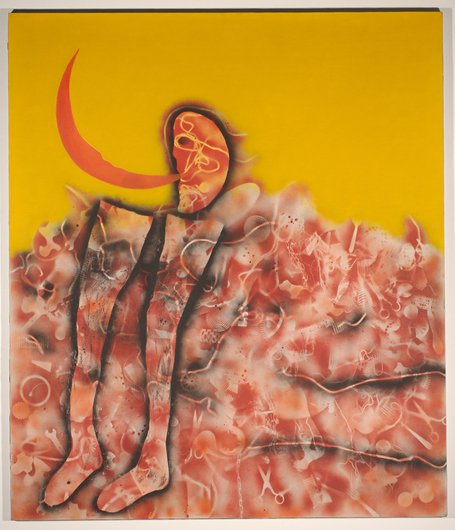









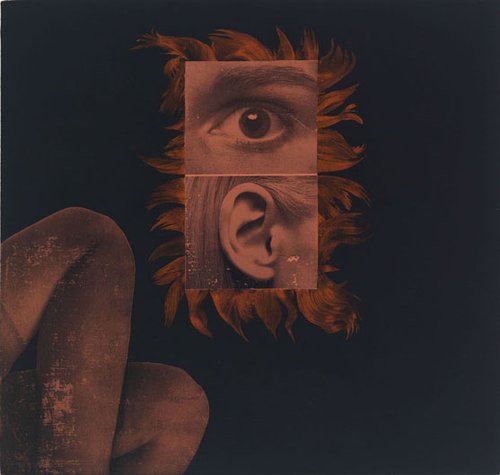




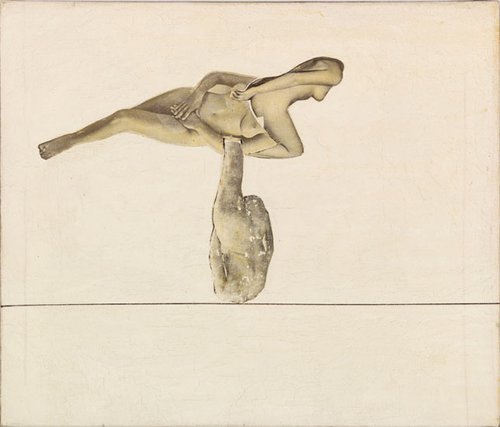

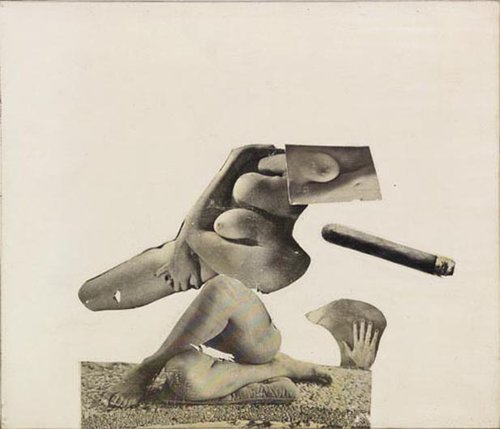
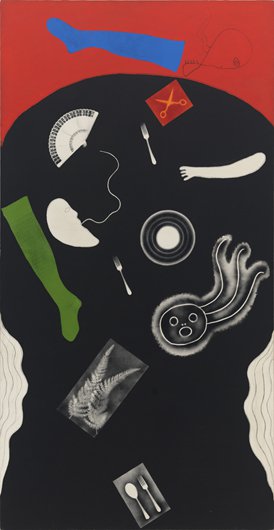













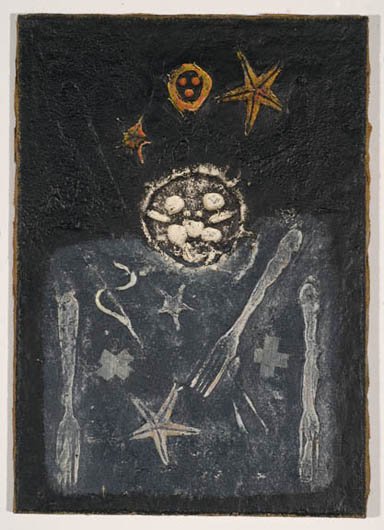
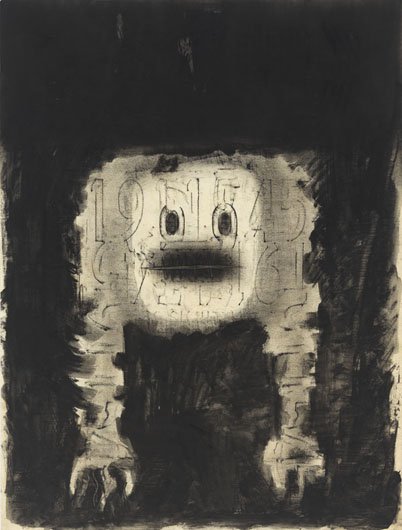




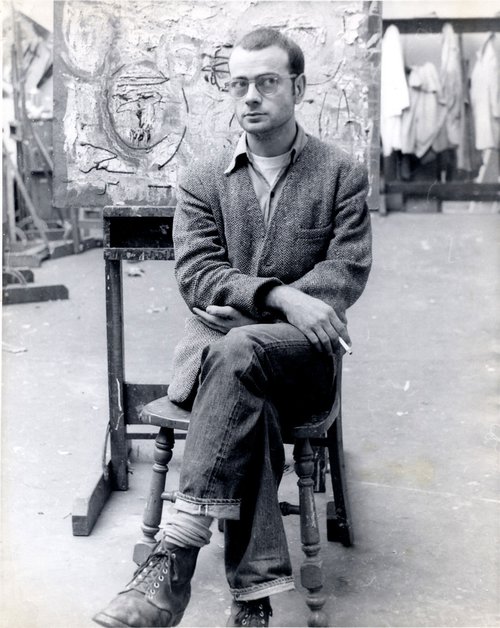
BIO
b. 1927
Lives and works in New York City.
An inspiration to subsequent artists, including Jim Nutt, Gladys Nilsson, and Art Green, Dominick Di Meo is one of Chicago’s key transitional figures and an artist of immense power and sensitivity. One of the original members of the so-called Monster Roster, a 1950s group of Chicago artists that included Leon Golub, Nancy Spero, Cosmo Campoli, George Cohen, June Leaf, Ted Halkin, and Seymour Rosofsky, Di Meo’s Chicago-era work was ferociously unique and personal.
His early paintings and drawings featured stressed, existentially tormented figures. He was deeply moved by his encounters with the catacombs of Mexico and Rome, and his dark, haunting images began to acquire a set of common icons, which included skulls and disarticulated limbs and bones. By the late ’50s, Di Meo was making reliefs, utilizing papier-mache, plastic, wood, layers of vinyl and plaster. In 1961, Di Meo spent a year in Italy, traveling, living in Florence, and working feverishly on his reliefs.
When he returned to Chicago, he began painting large scale, creating a stunning series of works that combine synthetic polymer and various methods of stenciling. Playful and somewhat lighter in tone, but still possessed of a dark sense of humor, these works were the last Di Meo showed during his tenure in Chicago.
Curriculum Vitae
PDF - Dominick Di Meo CVExhibitions
- Ted Halkin Rediscovered Works, 1964–69 June 27 - August 10, 2024
- Hubcap Diamond Star Halo Corbett vs. Dempsey at Twenty September 14 - November 2, 2024
- Dominick Di Meo Torsoscape May 3 - June 22, 2024
- Expo Chicago 2024 April 11 - 14, 2024
- Independent 20th Century Before and After Imagism September 8 - 11, 2022
- Independent 2022 Liberty Humpty Dumpty May 5 - 8, 2022
- Cosmic Meteorites & Other Burners July 17 - August 22, 2020
- Art Basel June 12 - 16, 2019
- Small Sculpture September 8 - October 14, 2017
- Dominick Di Meo Good Night, Good Mourning September 5 - October 11, 2014
- Dominick Di Meo Limp Voyeur in a Humid Landscape (Thomas Dane Gallery, London) February 27 - April 28, 2013
- Seymour Rosofsky: Xylophone Solo July 27 - September 1, 2012
- Dominick Di Meo Transfer July 8 - August 27, 2011
- Dominick Di Meo The Man in the Moon May 16 - June 28, 2008
















